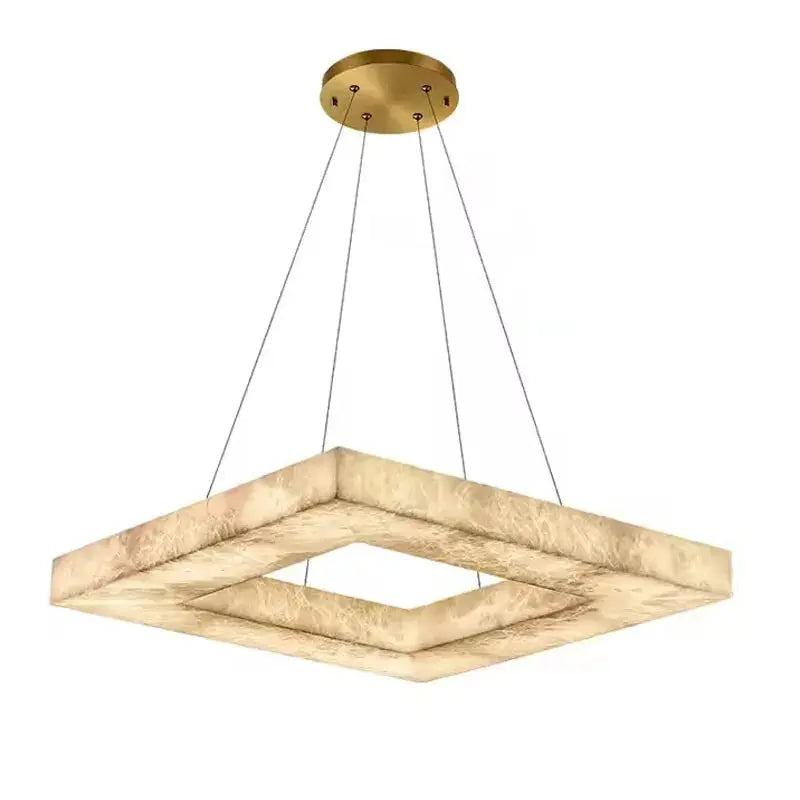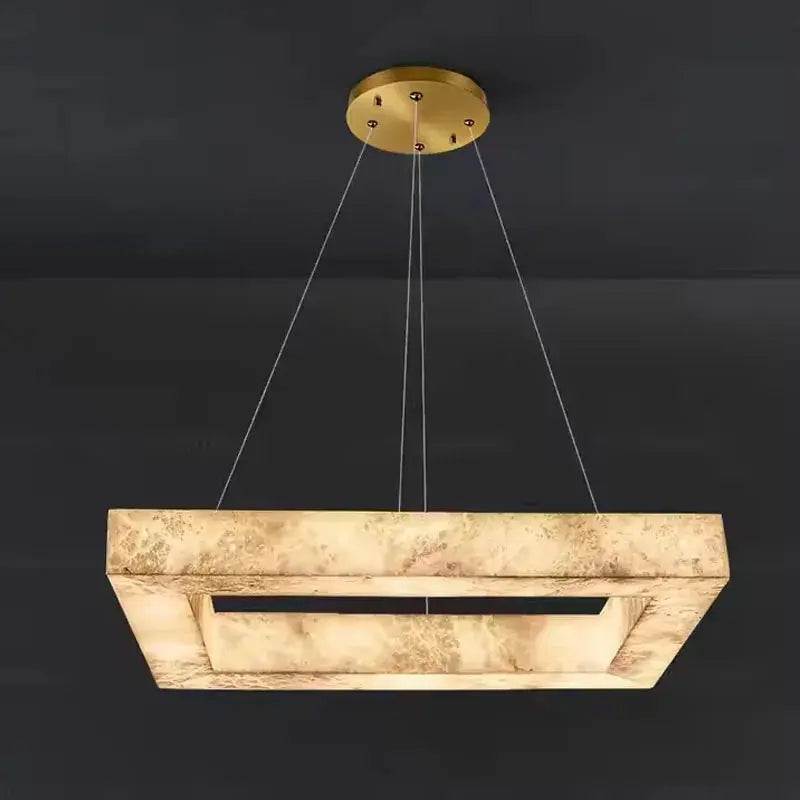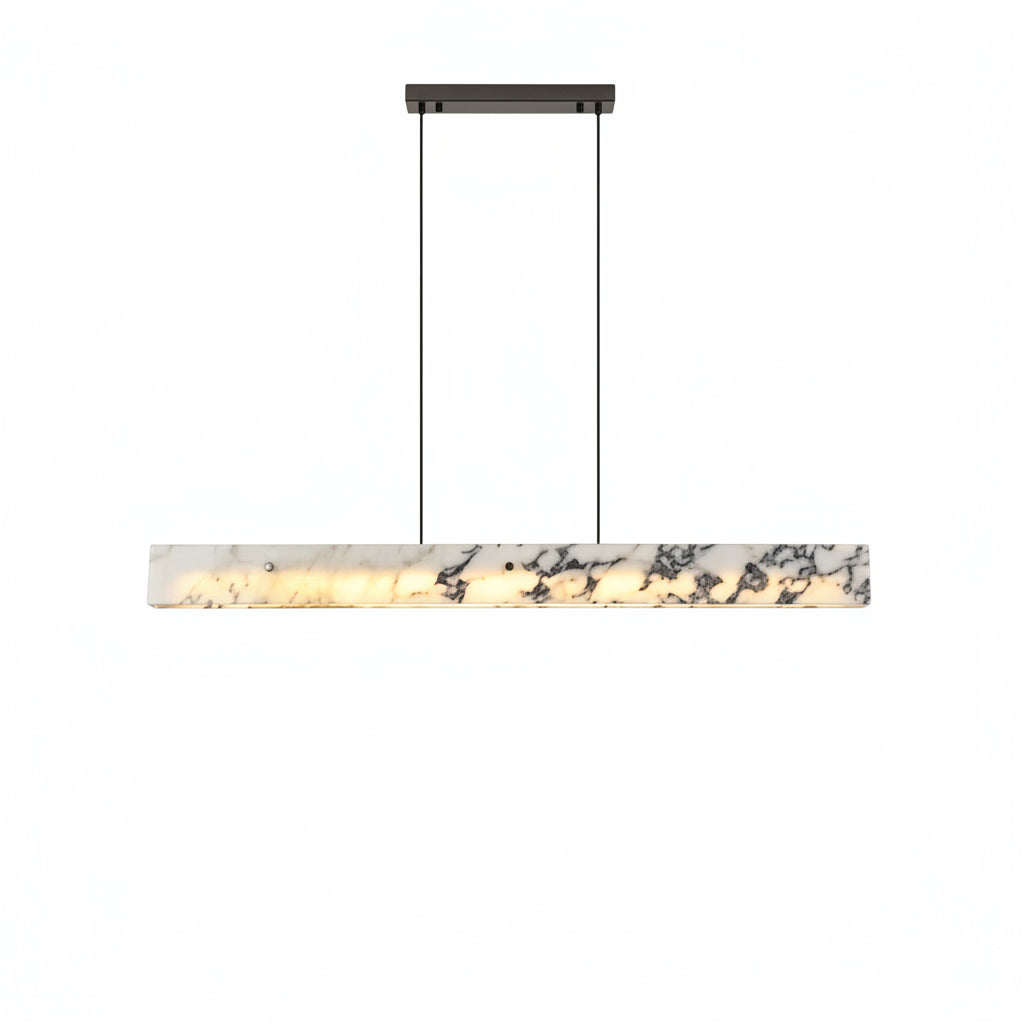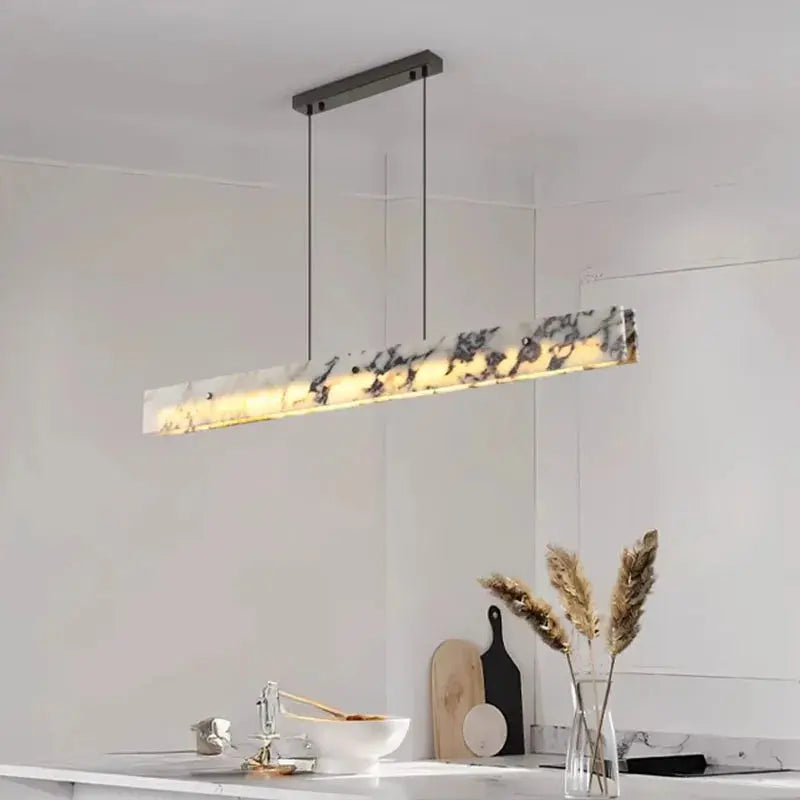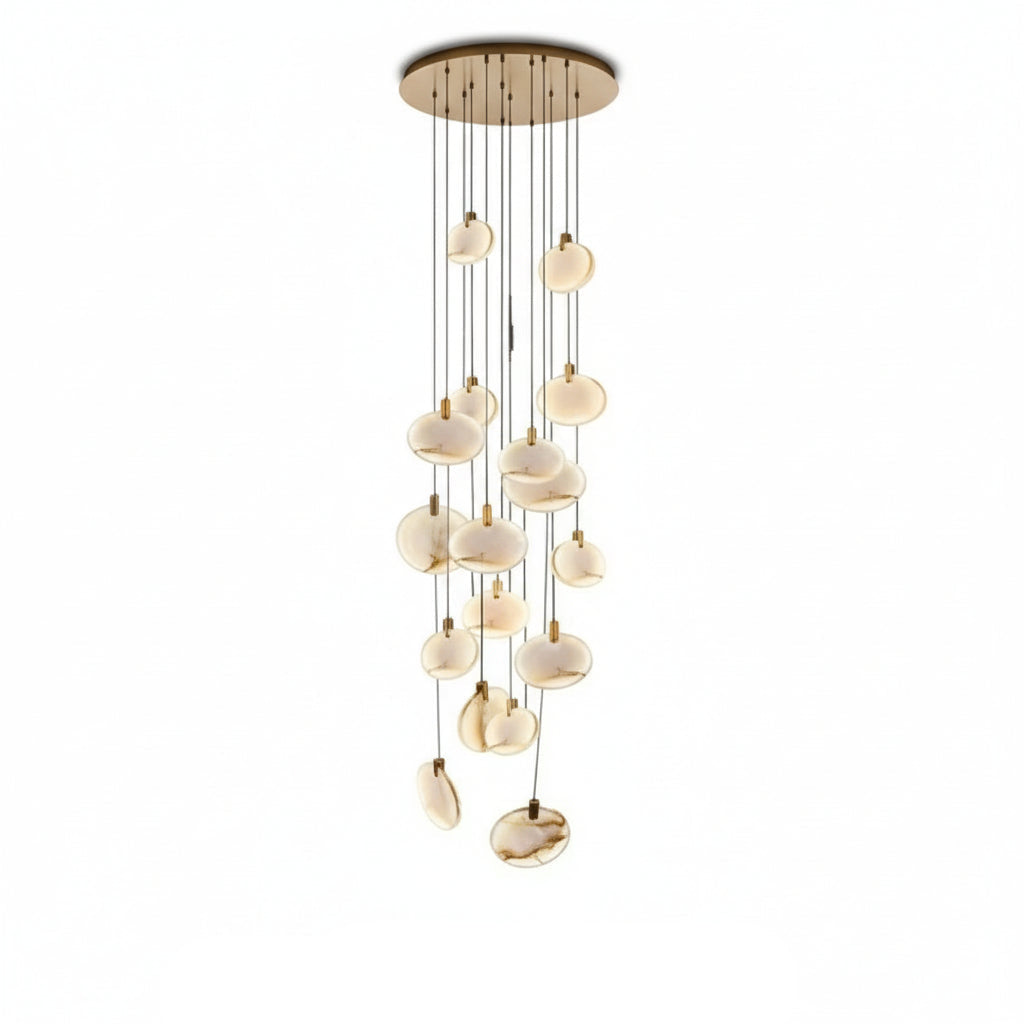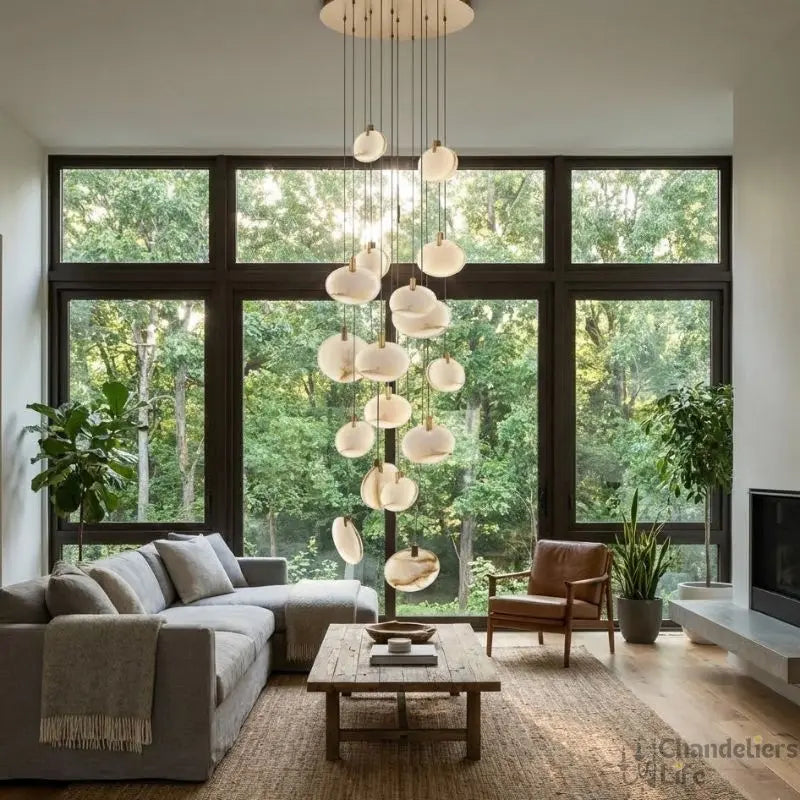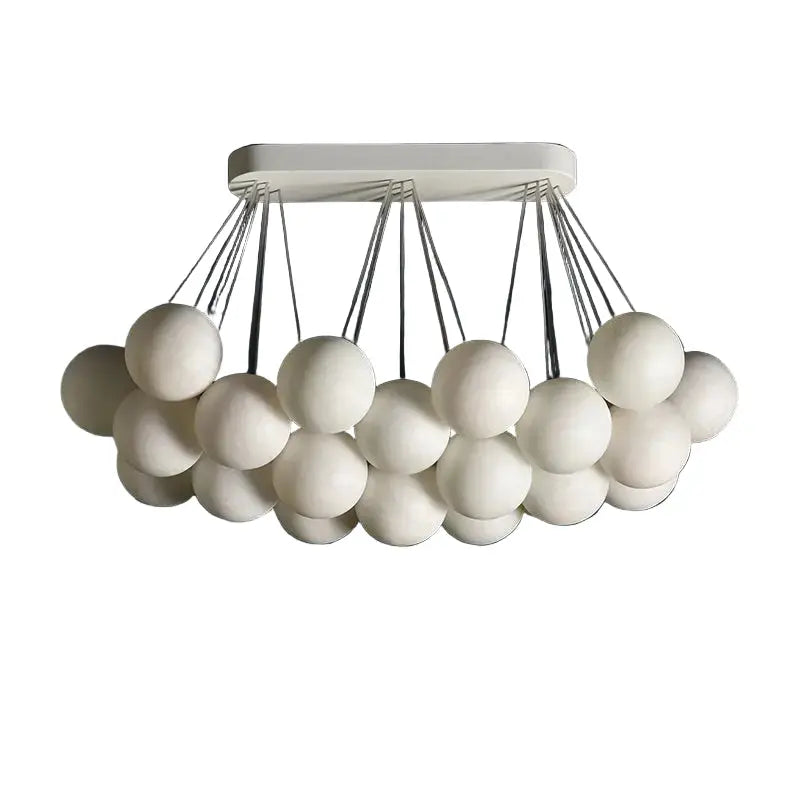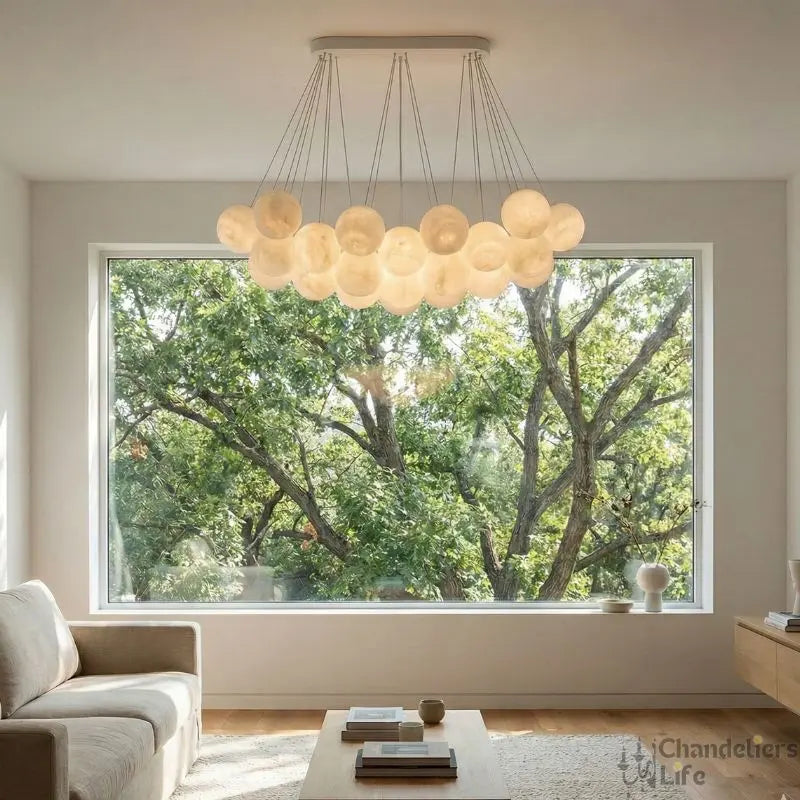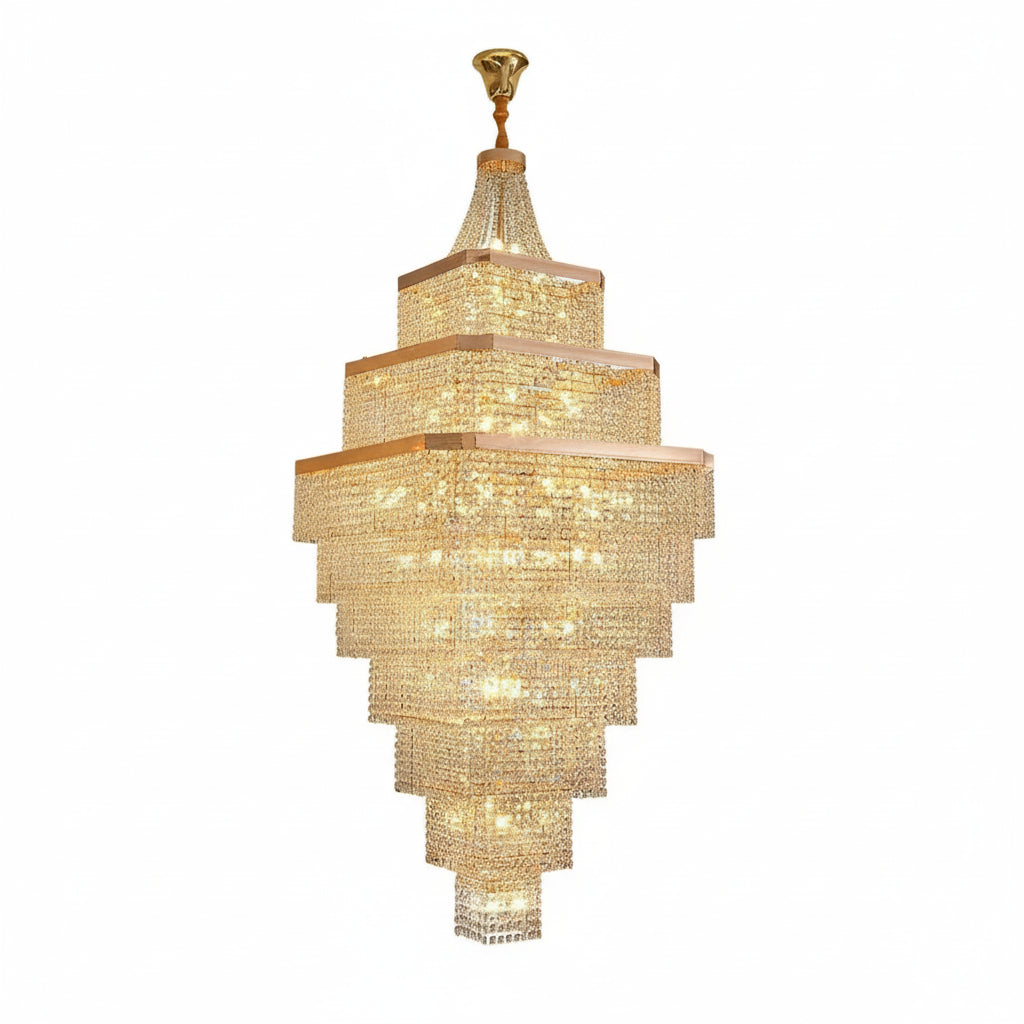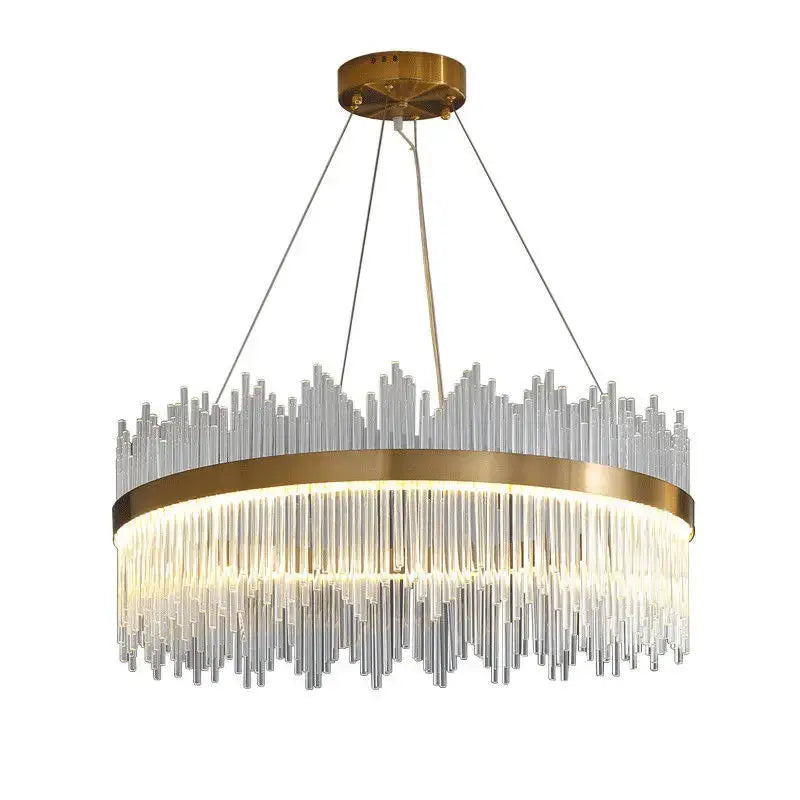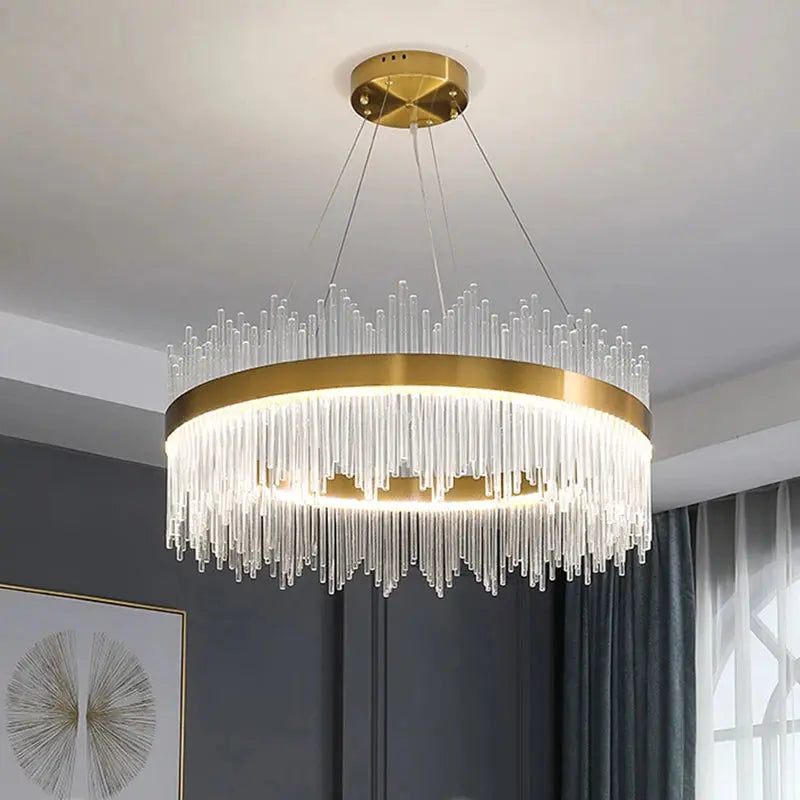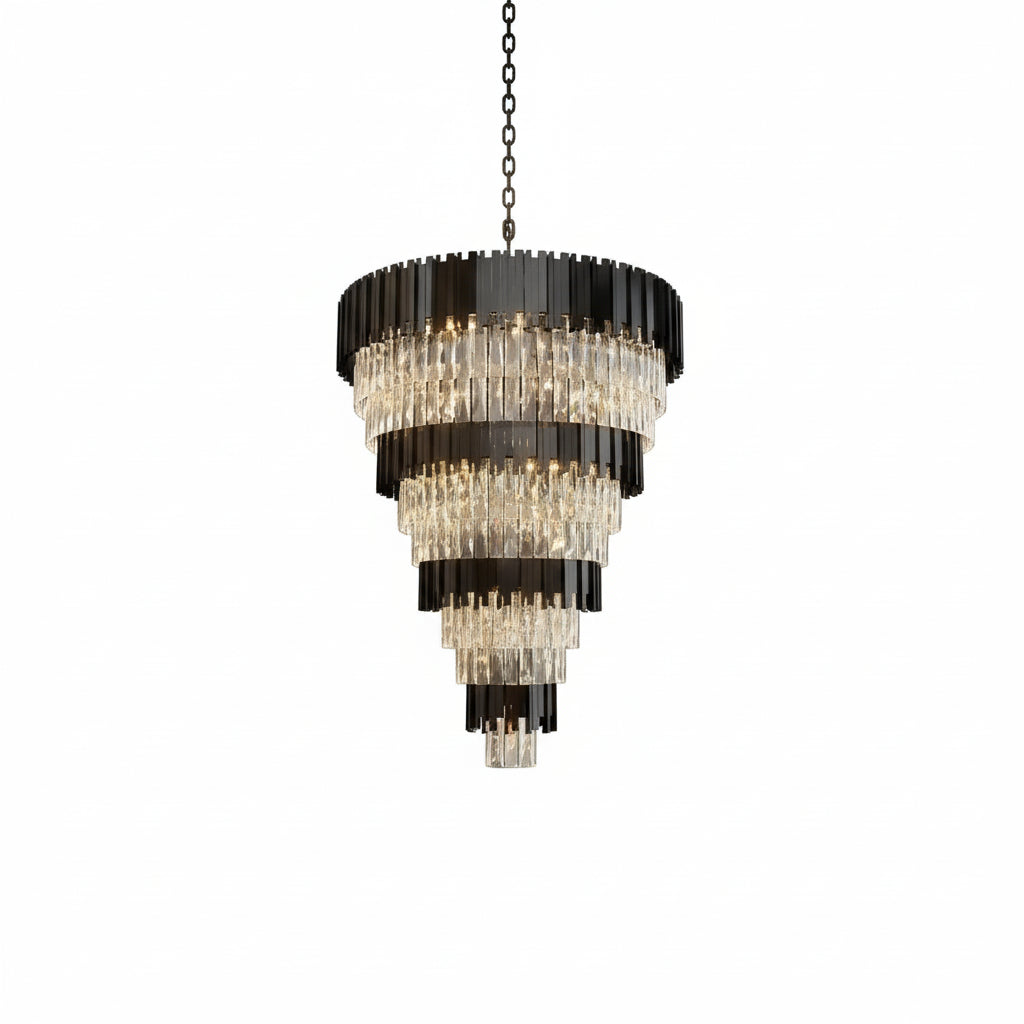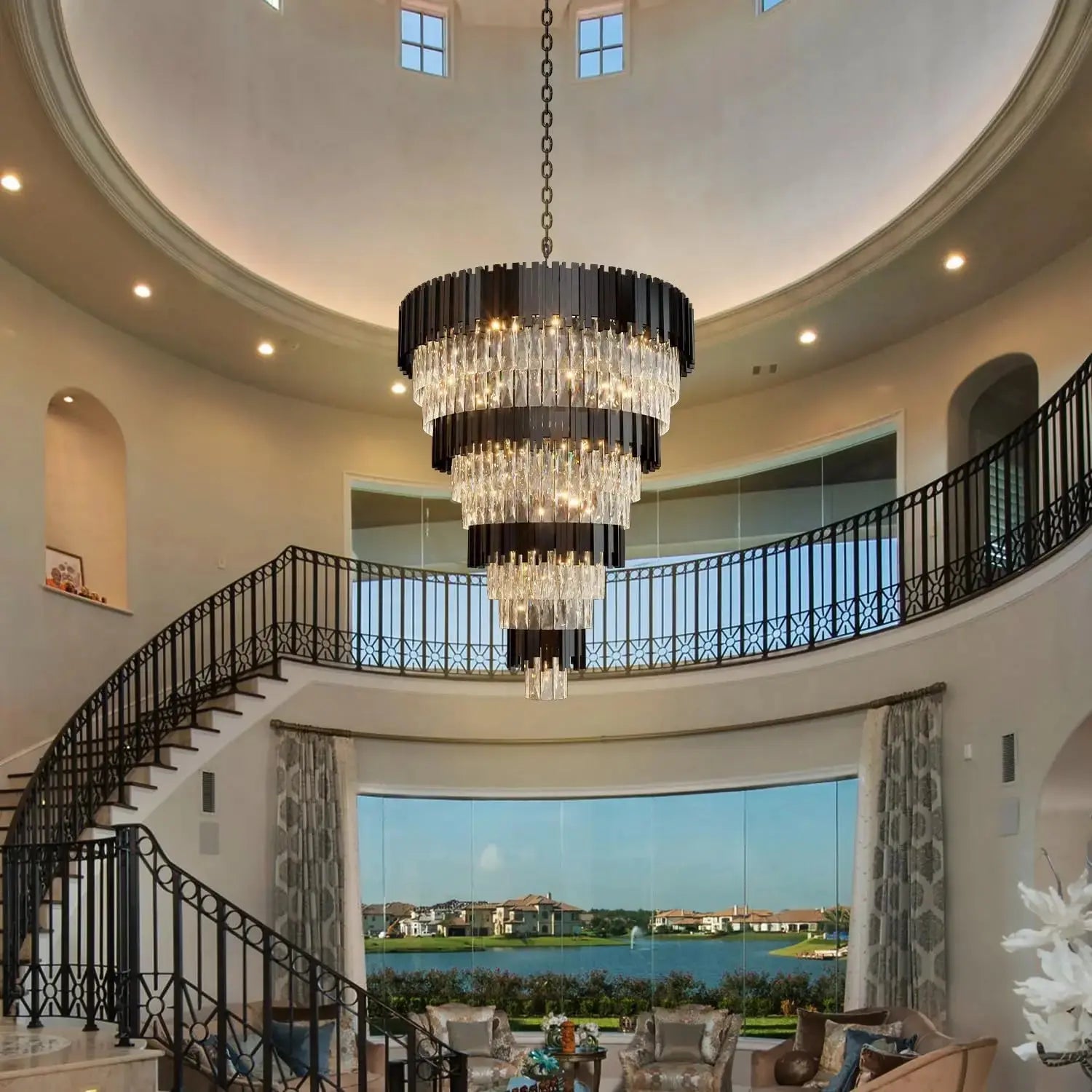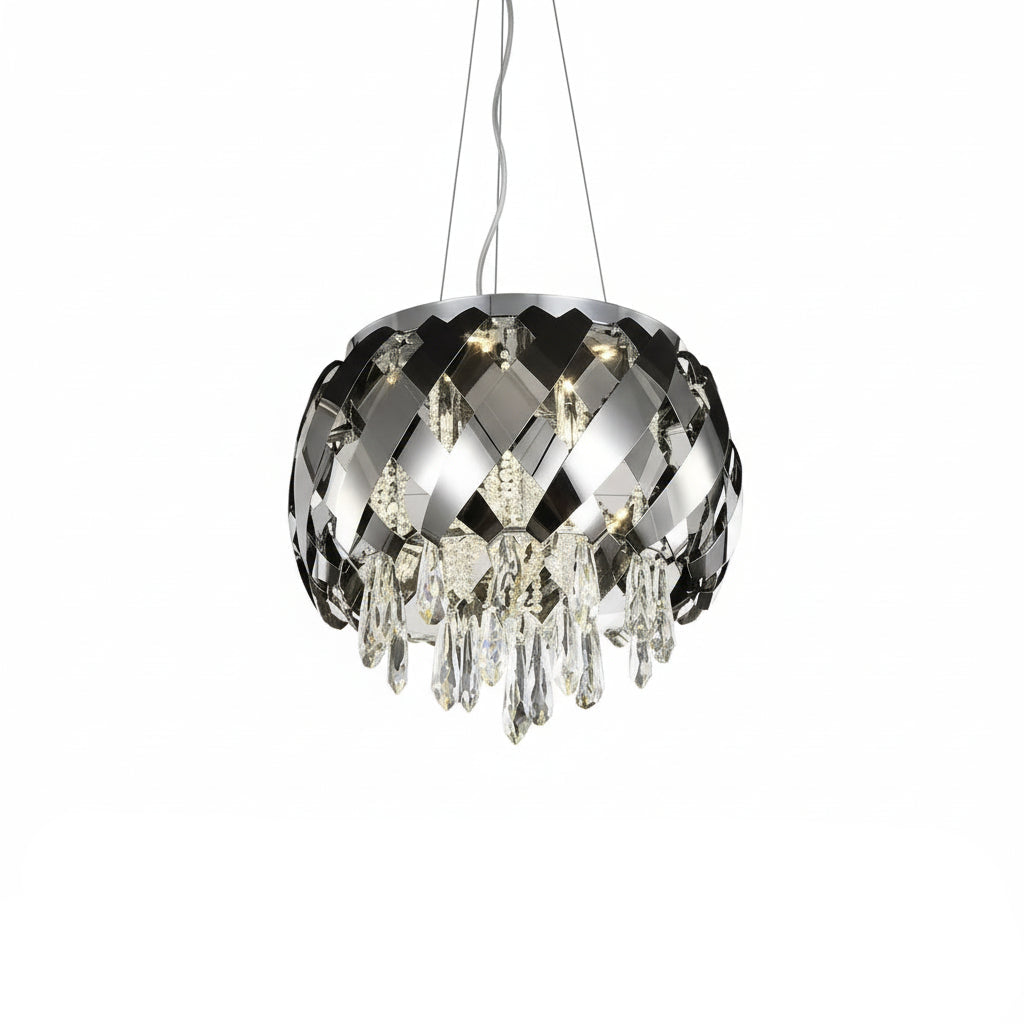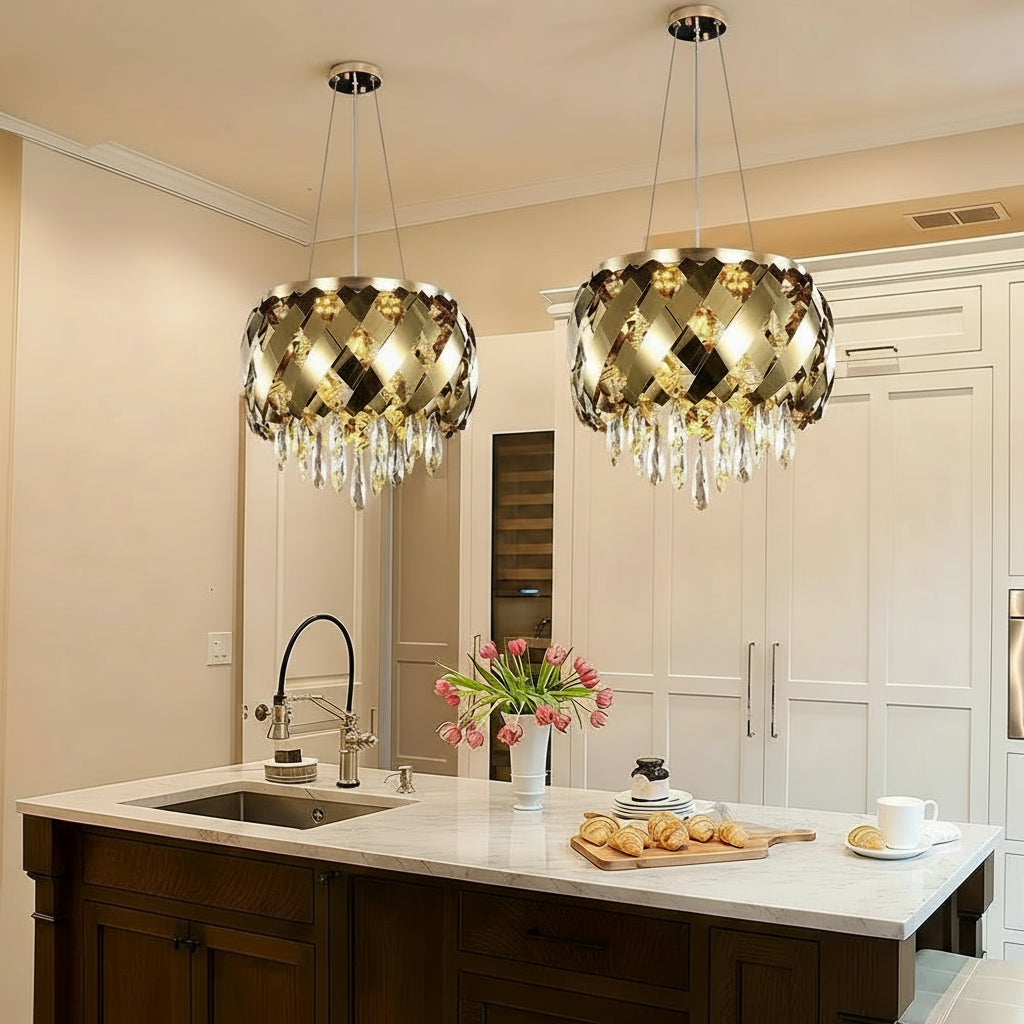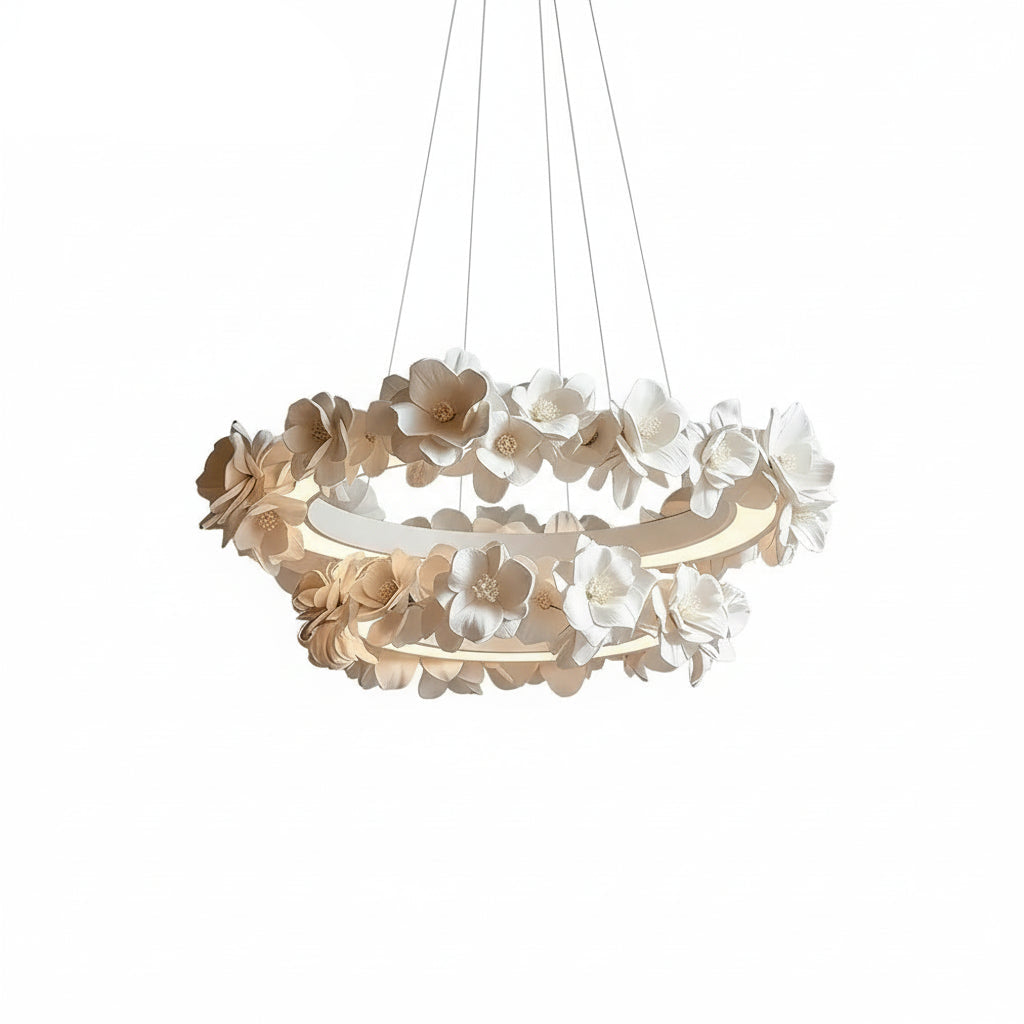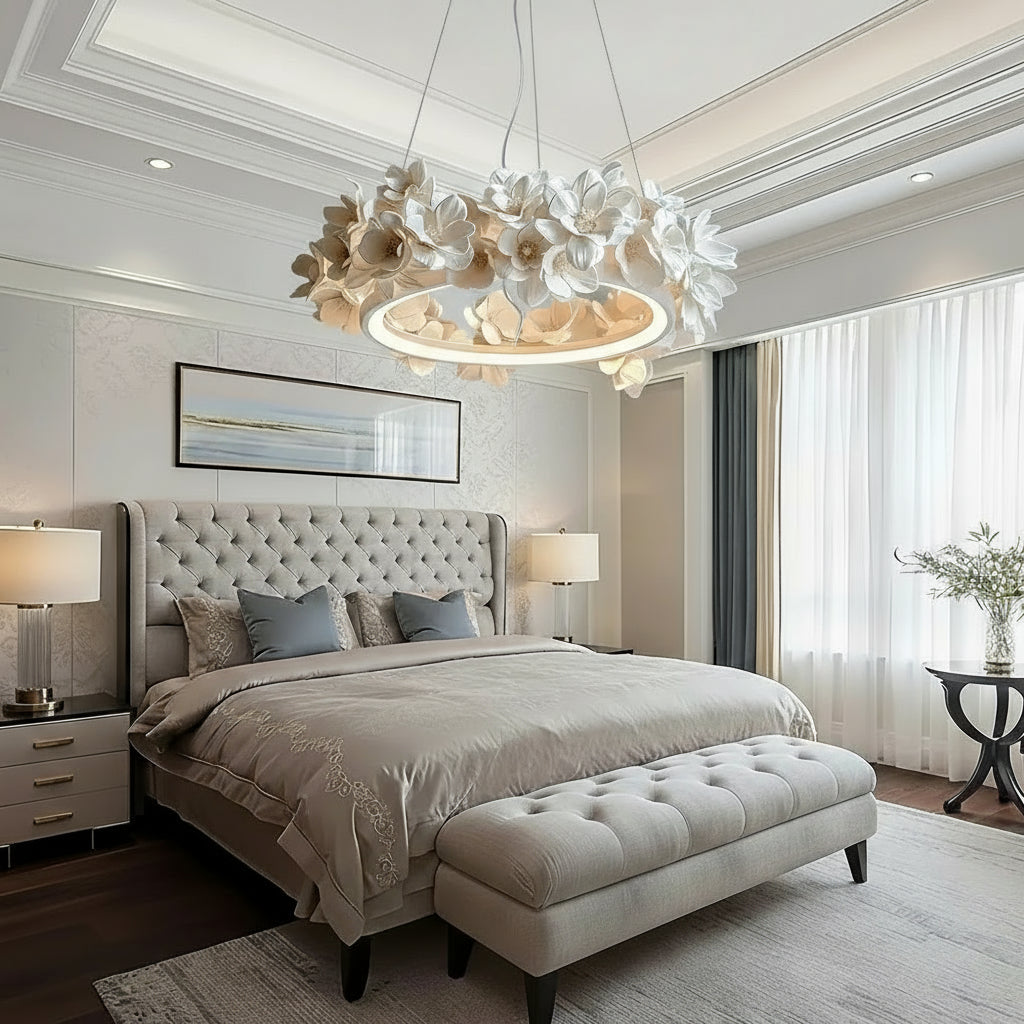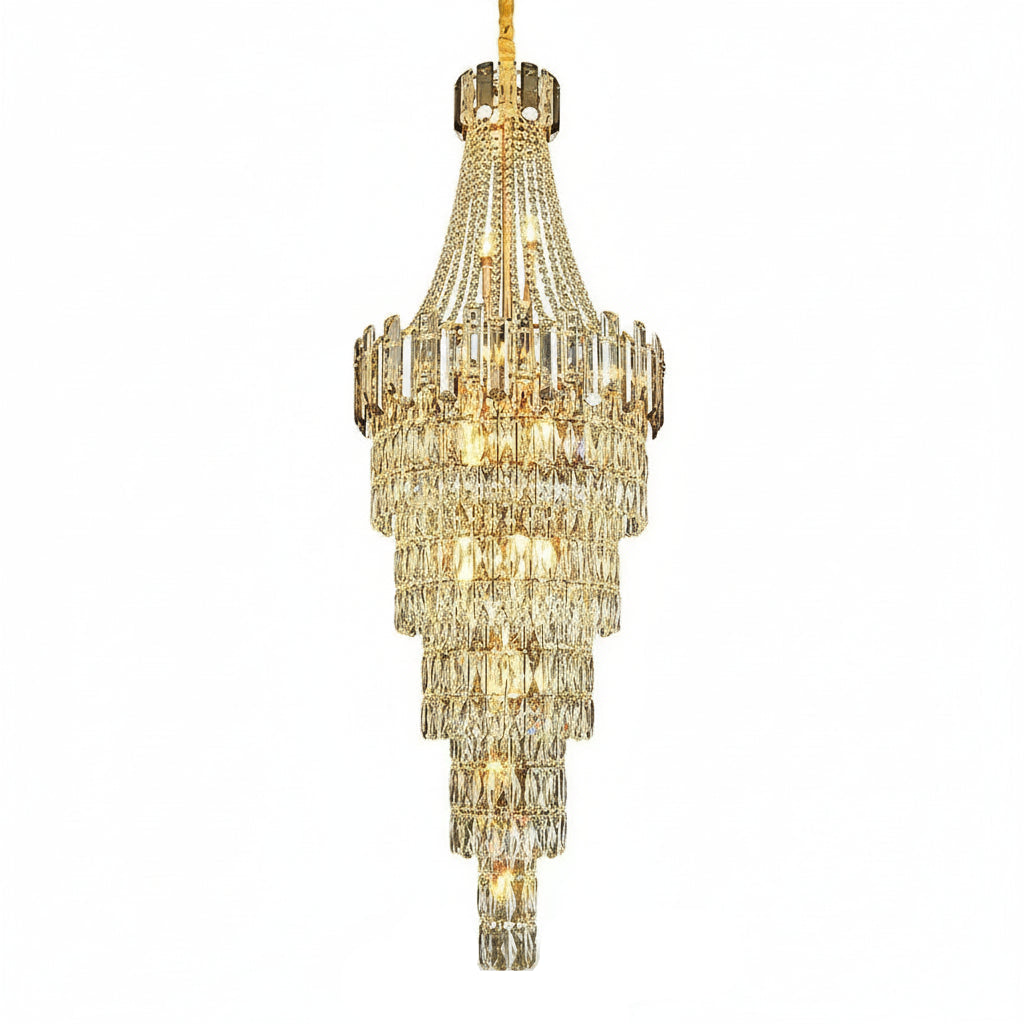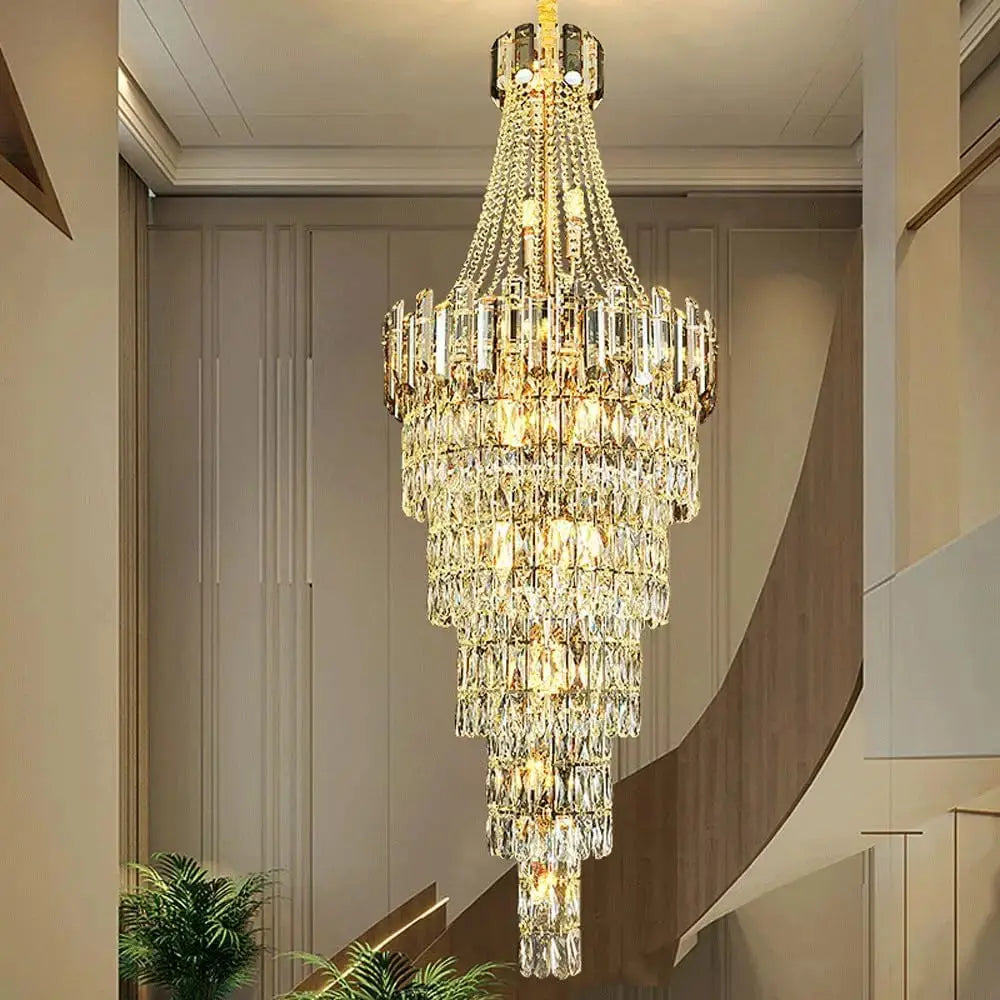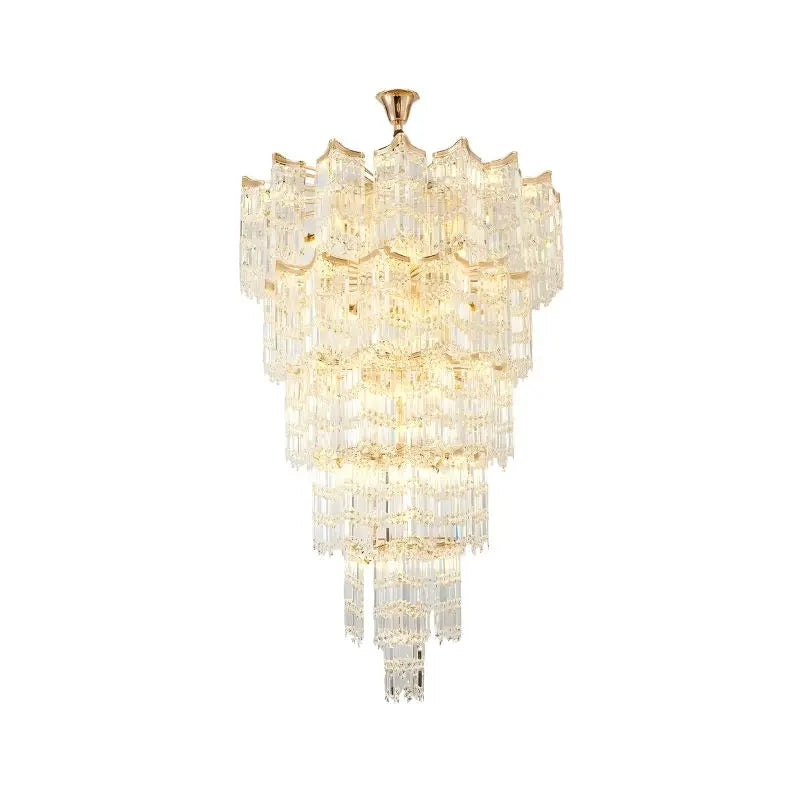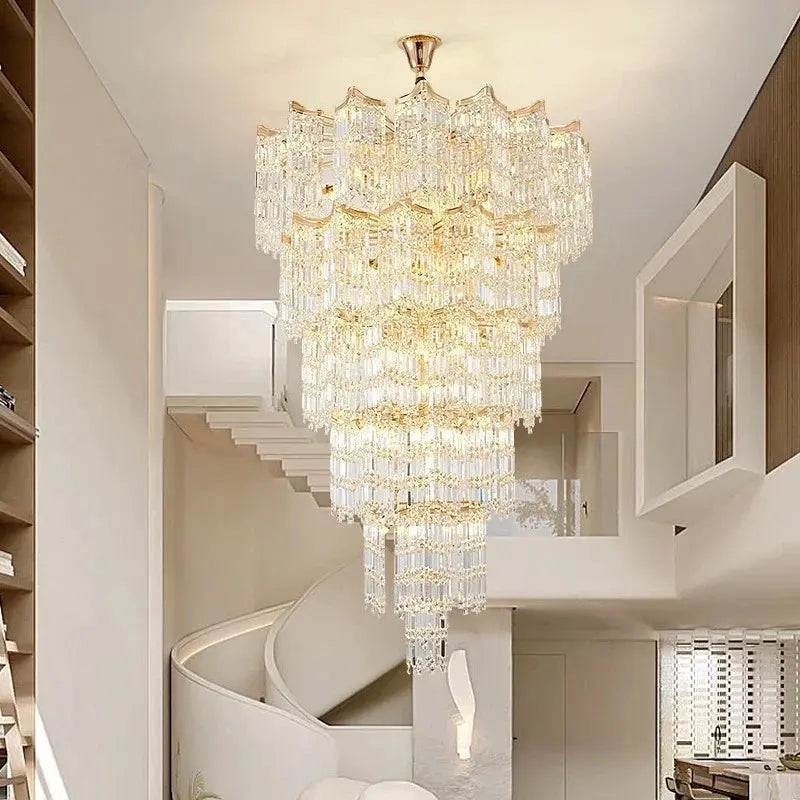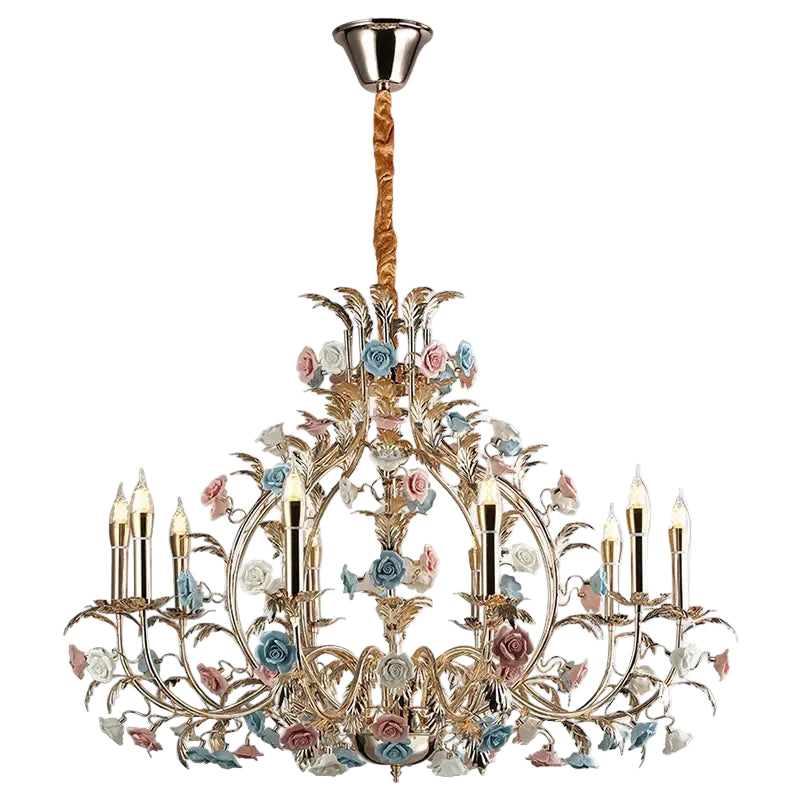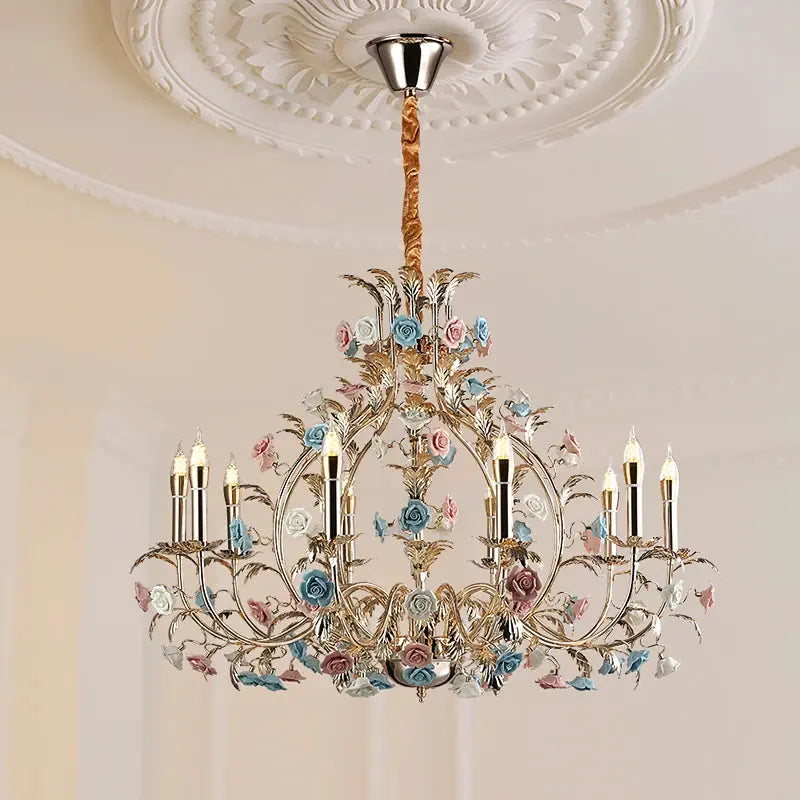Getting your outdoor space ready for the season can be a project, but picking the best outdoor lamp doesn’t have to be a headache. I spent last weekend cleaning up my patio and realized my old lights were looking pretty rough. If you’re in the same boat, it’s probably time to look at what’s out there for 2025. Whether you want to light up your garden path or just want a cozy spot for evening hangouts, the right lamp can make a big difference. Here’s a guide to help you figure out what to look for so you can find the best outdoor lamp for any spot around your home.
Key Takeaways
- Think about what you need your outdoor lamp to do—do you want bright light for safety or something softer for decoration?
- Check the lamp’s IP rating to make sure it can handle your local weather, especially if you get a lot of rain or snow.
- There are lots of styles to pick from, like wall sconces, lanterns, and string lights, so choose what fits your space and taste.
- Power options matter—solar, battery, and wired lamps all have their own pros and cons depending on where you want to put them.
- Features like motion sensors, smart controls, and automatic timers can make your outdoor lighting easier and more efficient.
Assessing Your Outdoor Lighting Needs

When you're picking out the best outdoor lamp for your space in 2025, you have to take a step back and look at what you really want. Is it purely for safety, or do you just want your backyard to look more inviting when the sun goes down? Let’s break this down so it's easier to find something that fits just right.
Identifying Functional and Decorative Goals
- Decide if your lamp is meant to help you see or just make things look nice.
- Think about everyday tasks: grilling, reading outside, or letting the dog out at night.
- Ask yourself if you want to highlight garden features or create a certain mood for gatherings.
- Mix it up if you want both: You can combine functional fixtures for walkways with decorative string lights for ambiance.
The best outdoor lighting setups usually blend task lighting with a bit of style, making your yard both useful and relaxing.
Determining Ideal Brightness and Lumens
Brightness is one of those things that's easy to overlook until the lights go up and you realize you can't see anything, or you’ve blinded the neighbors. Here’s a quick way to pick the right brightness:
| Area/Use | Lumens Needed |
|---|---|
| Pathway/Steps | 100–200 |
| Gardens/Landscape | 50–300 |
| Patios/Decks | 200–400 |
| Security Lighting | 700–1300 |
- Lower lumens are cozy, and work for accenting paths or small plants.
- Go for higher lumens if you want security lights or are lighting up big spaces.
- Adjustable fixtures or dimmers give you more control over nighttime brightness.
Understanding Wet, Damp, and Dry Ratings
- Wet-rated lights can go just about anywhere outside—they’re built to handle rain, snow, and splashing.
- Damp-rated lights are okay in covered places, like under a porch roof. They don’t like direct exposure to water.
- Dry-rated fixtures are only for indoor use; don’t risk them outside even under cover.
If you’re not sure what rating you need, check where your lamp will go. Anything exposed to storms or direct rain should always be wet-rated.
If you slow down and think through each of these steps, you’ll save yourself headaches down the line and your outdoor space will feel both safer and more comfortable.
Top Styles and Designs for Outdoor Lamps
Outdoor lamps come in all shapes, sizes, and styles these days. Whether you want something classic, something bold, or a fixture that just blends in quietly, it pays to know your options. Choosing the right style not only lights up your yard but also changes how your outdoor space feels and functions. Let’s break down the options and what makes each a good fit for certain situations.
Choosing Between Sconces, Lanterns, and Pendants
Once you step outside, you’ll see all sorts of fixtures. The tricky part is figuring out what works where:
- Wall Sconces: Perfect for flanking a front door, lighting up a patio by the house, or adding safe light near steps. Sconces face out or down, so the direction matters – think about glare and what you want to highlight.
- Lanterns: These give a more traditional, even nostalgic feel. Hang them at entrances, or space them along a pathway for vintage charm.
- Pendant Lights: Great for overhead coverage—like outdoor dining or covered porches. They tend to be more eye-catching. Make sure the ceiling is high enough that no one knocks their head.
When choosing between these styles, group similar finishes or shapes nearby. This brings a sense of calm and order outside. Too many shapes and colors together usually feels a bit off.
Embracing Modern Minimalist Fixtures
Modern outdoor lamps usually go for simple lines, subtle finishes, and clever placement. Here are some popular minimalist choices:
- LED Strip Lights: These slip into corners, under deck rails, or along walkways for a soft, indirect glow.
- Post Lights: Small and sturdy, these are tidy pickets of light for paths or garden beds. Minimal posts often have a black, gray, or metallic finish.
- Integrated Solar LEDs: Streamlined shapes that blend into landscaping—no visible wiring is a huge plus. For example, solutions like the Solar LED Outdoor Lamp with PIR motion sensor blend functionality and style, providing strong coverage without looking bulky.
Minimalist lighting is about less clutter and more practical coverage—think about what actually needs to be seen at night versus what just looks nice.
Accent Lighting for Landscaping and Pathways
Accent lighting is where you get to have a little fun. The best outdoor setups mix practical path lights with accent fixtures to create layers. Here are some effective options:
- Pathway Lights: Low to the ground; these guide visitors safely and look neat when spaced evenly.
- Uplighting: Place lights at the base of trees or large shrubs to turn garden stars into evening showpieces.
- String or Rope Lights: Great for soft, cozy vibes along fences, under railings, or overhead in seating areas.
- Stake or Flower Pot Lights: Drop these into planters or garden beds for a quick highlight—colorful options feel playful and inviting.
Here's a quick comparison table for popular accent lights:
| Type | Best For | Typical Brightness | Placement |
|---|---|---|---|
| Pathway Lights | Walkways, gardens | 50-100 lumens | Low, spaced evenly |
| Uplighting | Trees, sculptures | 200-400 lumens | Ground, facing up |
| String/Rope Lights | Patios, decks | 10-40 lumens/ft | Overhead/edges |
| Stake Lights | Planters, borders | 30-80 lumens | Anywhere in soil |
Focus on mixing a few types instead of just lining everything with the same light—variety makes outdoor spaces feel larger and more welcoming.
Best Outdoor Lamp Options by Space
Choosing the right outdoor lamp depends a lot on where you plan to use it. Each area around your home needs a different approach, whether it's the patio, garden paths, or main entry. Here are some practical options for each type of space and a quick look at what works best.
Lamps for Patios and Decks
Weather-resistant lamps are always the safest bet for patios and decks, where exposure to the elements is unavoidable. Here are some typical choices:
- Table lamps with damp-location ratings for covered areas
- String or globe lights strung along railings for soft, ambient glow
- Standing lamps with weighted bases for open patio corners
Block out some time to experiment with arrangement—placing several types of lights often gives the space a layered, cozy feel in the evening.
| Lamp Type | Best For | Features |
|---|---|---|
| Table Lamp | Dining/table areas | Portable, decorative |
| String Lights | Bordering deck/patio | Festive, flexible |
| Standing/Floor | Lounge corners/open space | Sturdy, bright |
Ideal Lighting for Gardens and Pathways
When thinking about gardens and walkways, focus on safety and highlighting key features like plants or sculptures:
- Low voltage path lights
- Stake-in solar spotlights
- Downward-facing LED lanterns for a classic look
Spotlights, like Super Bright Solar Street Lights, provide wide illumination and are super easy to install since you won't need to deal with wiring. Many come with adjustable brightness, which is handy for highlighting specific areas without creating harsh glare.
Lighting Solutions for Entryways and Driveways
Entryways and driveways need brighter lighting for better visibility and safety. Consider:
- Wall-mounted sconces at either side of the door
- Overhead pendant fixtures for porch ceilings
- Motion-activated flood lamps above garages and driveways
Most people find that motion sensors offer convenience and save energy, only turning on when movement is detected. Go for models with at least IP44 weatherproof ratings to avoid issues during rainstorms.
Entryway and driveway lighting doesn't just help you see at night—it can also be a deterrent for unwanted visitors and brings peace of mind every time you come home after dark.
Each space outside your home comes with its own set of challenges, but with the right lamp styles and placements, you can make each spot functional and inviting.
Key Features to Look For in the Best Outdoor Lamp
Not all outdoor lamps are created equal, and it’s worth paying attention to a few specific features before you bring one home. The right setup can make your nights outside so much easier (and safer), so here’s what to look out for:
IP Ratings and Weather Resistance
- IP (Ingress Protection) ratings show how much a light fixture can handle the elements.
- For most patios and gardens, aim for at least IP44 — this keeps things safe from splashes and bits of dirt.
- If your lamp will brave heavy rain or snow, step up to IP65 or higher.
- Check for mentions of resistance against frost, heat, and UV fading for year-round performance.
| Location | Minimum IP Rating | Key Hazards |
|---|---|---|
| Covered Porch | IP44 | Moisture, Drips |
| Open Garden/Deck | IP65 | Rain, Dust, Snow |
| Driveways | IP65+ | Dirt, Heavy Rain |
When weather throws its worst at your yard, only a properly rated lamp will keep working night after night.
Motion Sensors and Dusk-to-Dawn Features
Wondering if your lamp should have these fancy extras? Here’s why motion sensors and automatic timers could make life simpler:
- Motion sensors light up automatically when someone approaches—great for security and saving power.
- Dusk-to-dawn settings keep your lamp on all night, but shut off in the morning (so you never have to remember).
- Adjustable detection angles and sensitivity let you control exactly where and when your light comes on.
- Some newer options, like the Solar Light Outdoor Waterproof Lamp, include remote controls and built-in dusk sensors for hands-off convenience.
Smart Controls and Energy Efficiency
Tech has seriously changed what outdoor lights can do:
- Smart bulbs and fixtures allow you to set schedules, adjust brightness, and even pick colors from your phone.
- LED lights are the standard now—they use less power and last much longer, sometimes up to 50,000 hours.
- Solar and battery-powered options save energy, though they do need regular charging or battery swaps, especially after cloudy stretches.
- Going with LEDs, smart features, and solar power isn’t just about saving money—it’s also easier to control and maintain, particularly when you automate them.
Choosing lamps with the right features means you won’t have to second-guess your setup after that first spring thunderstorm or late-night stroll.
Power Sources for Outdoor Lamps

Finding the right power source for your outdoor lamp can make all the difference in how effortless or stressful your lighting setup ends up being. The main options—solar, battery-powered, and hardwired—each have their strengths and quirks. Let’s look at what to expect from each, along with how to keep things running when the sun isn’t shining.
Pros and Cons of Solar, Battery, and Hardwired Options
Here’s a quick overview to help you weigh your choices:
| Power Type | Pros | Cons |
|---|---|---|
| Solar | No wiring, low running cost, eco-friendly | Needs sun, may be dim on cloudy days |
| Battery-powered | Flexible placement, simple install | Regular battery changes/charging needed |
| Hardwired | Consistent power, works in any weather | Needs installation, less flexible |
Solar lamps work best if you have a sunny spot and want something low-maintenance after setup. Battery-powered options give you the ultimate flexibility—just pop them where you need light, but remember, those batteries don’t last forever. Hardwired lamps, often used for modern lighting fixtures, require more effort up front but offer steady reliability.
Charging and Maintenance Tips
- Place solar panels where they catch the most sunlight, trimming plants back if needed.
- For battery lights, try rechargeable batteries to save money and reduce waste.
- Check and clean solar panels and bulb covers regularly to keep your lights shining bright.
If you forget to charge your battery-powered or solar lamps, you might end up fumbling in the dark—regular checks and a routine help prevent surprises.
Maximizing Lighting During Cloudy Conditions
- Angle your solar lights toward the brightest part of the sky, not just the sun’s usual location.
- Have a few hybrid solar/battery lamps (that let you charge via USB) on hand for backup during long stretches of overcast weather.
- Use reflective surfaces nearby (like a light wall or stone) to boost the effect of lower light levels.
Fitting the right outdoor lamp to your space—and your home’s sun, weather, and layout—will keep your yard or deck safer and more enjoyable, whether it’s sunny or cloudy.
Choosing the Best Outdoor Lamp for Security and Safety
Outdoor lamp shopping can get overwhelming when you want both peace of mind and a well-lit driveway or porch. The right light does more than just brighten up the space—it can actually help deter unwelcome guests and keep paths safe from trips and falls. Let’s go through some of the most important considerations.
Optimal Brightness and Wattage for Security Lamps
Security lighting shines brightest when it’s functional and covers all the right spots. For clear visibility and added protection, here’s a quick comparison:
| Area | Recommended Lumens | Typical Wattage (LED) |
|---|---|---|
| Walkway/Entry Path | 300–600 | 4–10W |
| General Security | 1300+ | 10–20W |
| Floodlight/Driveway | 2000+ | 20W+ |
Keep in mind, going brighter isn’t always better. Aim for focused beams in high-risk zones like entrances and garages, but keep things gentler on garden paths where you just need to spot obstacles at night.
Best Positions for Safety Lighting
Placement is half the battle. Just sticking a bright lamp by the door probably won’t cut it. Here’s how I’d spread them out:
- Main entry doors: Position lights about 6–8 feet high for wide coverage and glare control.
- Driveways and garages: Use wall-mounted floodlights to cover parking areas and car doors.
- Pathways and stairs: Stagger lower, subtle fixtures along the edge to avoid dark spots.
- Backyards and gates: Add motion spots to hidden corners or between fences and the house.
Every spot you light should have a clear purpose—think less about showing off your landscaping and more about safely guiding your steps or scaring off late-night prowlers.
Motion-Activated Solutions for Enhanced Protection
Motion sensors seem simple, but they make a huge difference. Here are a few reasons why I swear by them:
- Instant reaction: Lights pop on as soon as movement is detected.
- Energy saving: Lamps only stay on when they’re needed, lowering your bill.
- Deterrence: Sudden light is a good way to spook anyone who shouldn't be there.
Newer models let you tweak sensitivity so things like a squirrel won’t set it off every time. Some even offer app controls, timers, and colored lighting options—a bonus if you want to blend security with a bit of style.
The best security lamp is one you’ll forget about most of the time—until it works exactly when you need it. Set it up, check it a few times a year, and let technology do its thing. You’ll sleep easier, and even forget you ever worried about that dark stretch by the porch.
Style and Ambiance: Elevating Your Outdoor Space
The right outdoor lamp does more than just light up a spot — it turns your backyard or front porch into a truly special retreat. Whether you want to host relaxed summer parties or just have a quiet evening under the stars, the lighting you pick will set the entire mood. Let’s look at some honest ideas that go beyond the basic “let’s hang a light here” approach.
Selecting Decorative Accent Lamps
Decorative outdoor lamps can serve as statement pieces or subtle touches, but either way, they add personality. Here’s what works best:
- Lanterns: Scatter them along pathways or cluster by sitting areas for a soft, old-school glow. Pick either vintage metal or sleek glass, depending on your vibe.
- Table Lamps: Weather-safe table lamps instantly make patios feel like indoor living rooms—much more inviting.
- Moroccan or mosaic-style lamps: These bring in color and a playful pattern, which is great if your outdoor area is a little too plain.
Accent lamps are also handy for highlighting plants or cool corners, not just for visibility.
So many unique accent lamps are designed to survive the outdoors now. The trick is finding choices that suit your space and don’t look like they belong in a hotel lobby—add your own quirky style!
Creating a Cozy Ambiance with String and Globe Lights
String and globe lights have totally changed the game for evenings outside. They’re affordable, quick to hang, and pretty much guarantee a warm atmosphere on any deck or backyard. Here’s how to make them work:
- Hang string lights overhead for a “room” effect above patios or decks.
- Wrap globe lights around trees, fences, or pergolas for glow without harshness.
- Mix classic white bulbs with warm-tinted Edison bulbs, or go for soft pastels for something a bit different.
Comparison Table: Popular Outdoor Ambiance Lighting Types
| Lighting Type | Best For | Ambiance Level | Installation Difficulty |
|---|---|---|---|
| String Lights | Patios, Pergolas | Warm/Inviting | Easy |
| Globe Lights | Fences, Bushes | Playful/Chic | Easy |
| Lanterns | Pathways, Tables | Cozy/Classic | Moderate |
Incorporating Color and Unique Fixtures
Adding colored or novelty lights (even neon or color-changing LEDs) gives your space an edge that generic lighting just can’t. Here’s where to start:
- Neon wall lights bring a pop of fun to fences or outdoor offices.
- Color-changing LED strip lights let you switch the mood for parties, holidays, or just your own taste on a Tuesday.
- LED-lit planters and flower pots make your greenery stand out after sunset.
For the brave, mismatched styles can work well—maybe a retro fixture on a modern deck, or a colored globe as a quirky focal point. You can mix and experiment until it feels right, and if you ever get bored, it’s easy to swap things out.
Soft lighting outdoors can make a simple lawn chair feel like a resort seat. Cool colors add energy, while warm tones keep things calm and comforting.
At the end of the day, outdoor style is a chance to play around and express yourself. The right lamps or strings of bulbs turn plain patios into personal hideouts—and it truly shows when you choose what you love, not just what’s on sale.
Wrapping Up: Finding the Right Outdoor Lamp for Your Space
Choosing outdoor lighting can feel like a big task, but it really comes down to a few simple things. Think about how you use your space, what kind of weather your lights will face, and how much brightness you actually need. Whether you want to light up a walkway, make your patio cozier, or just add a little style to your backyard, there’s a lamp out there that’ll do the job. Don’t forget to check if the fixture is rated for outdoor use, and consider how much effort you want to put into installation and maintenance. At the end of the day, the best outdoor lamp is the one that fits your needs and makes your space feel more inviting. So take your time, look around, and pick something that works for you. Your evenings outside will be better for it.
Frequently Asked Questions
What is the difference between wet, damp, and dry rated outdoor lamps?
Wet rated lamps can be used anywhere outside because they can handle rain and snow. Damp rated lights are good for covered areas like porches that don’t get direct rain. Dry rated lights should only be used indoors.
How bright should my outdoor lamp be?
The brightness you need depends on where you use the lamp. For pathways and gardens, 50 to 300 lumens is enough. For security lights, you’ll want at least 1,300 lumens to light up large areas.
Are solar-powered outdoor lamps a good choice?
Yes, solar lamps are easy to install and don’t use electricity from your home. They work well in sunny places but might be dimmer on cloudy days or if they don’t get enough sunlight.
What does an IP rating mean for outdoor lights?
IP stands for ‘Ingress Protection.’ It tells you how well a light keeps out water and dust. For outdoor lamps, look for at least an IP44 rating. Higher numbers mean better protection.
Can I use smart controls with outdoor lamps?
Many outdoor lamps now work with smart features. You can use remotes, phone apps, or voice assistants to turn them on and off, change colors, or set timers.
How do I keep my outdoor lamps working well?
Clean your lamps often, check for broken bulbs, and trim plants around them. If you use solar lights, wipe the panels so they get enough sun. For battery lights, change or charge the batteries when needed.


